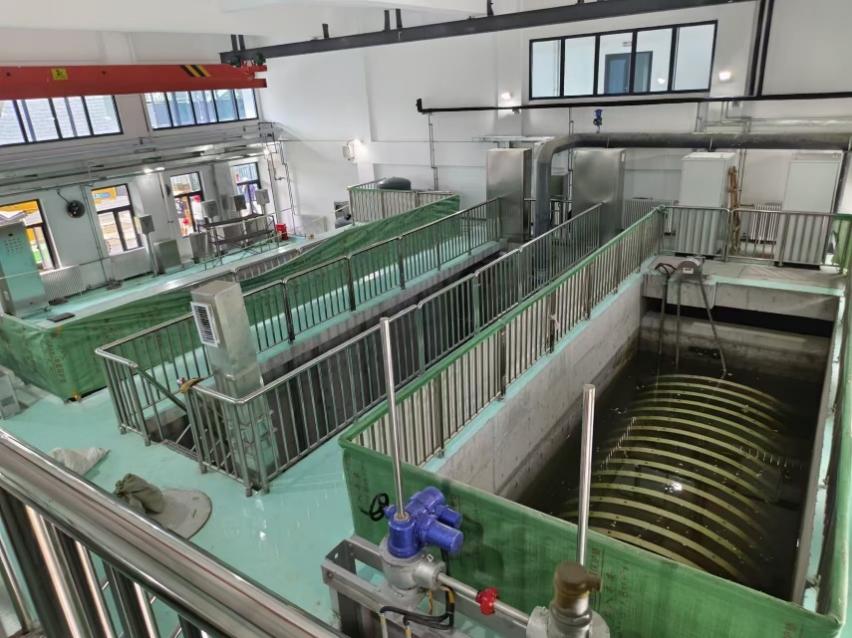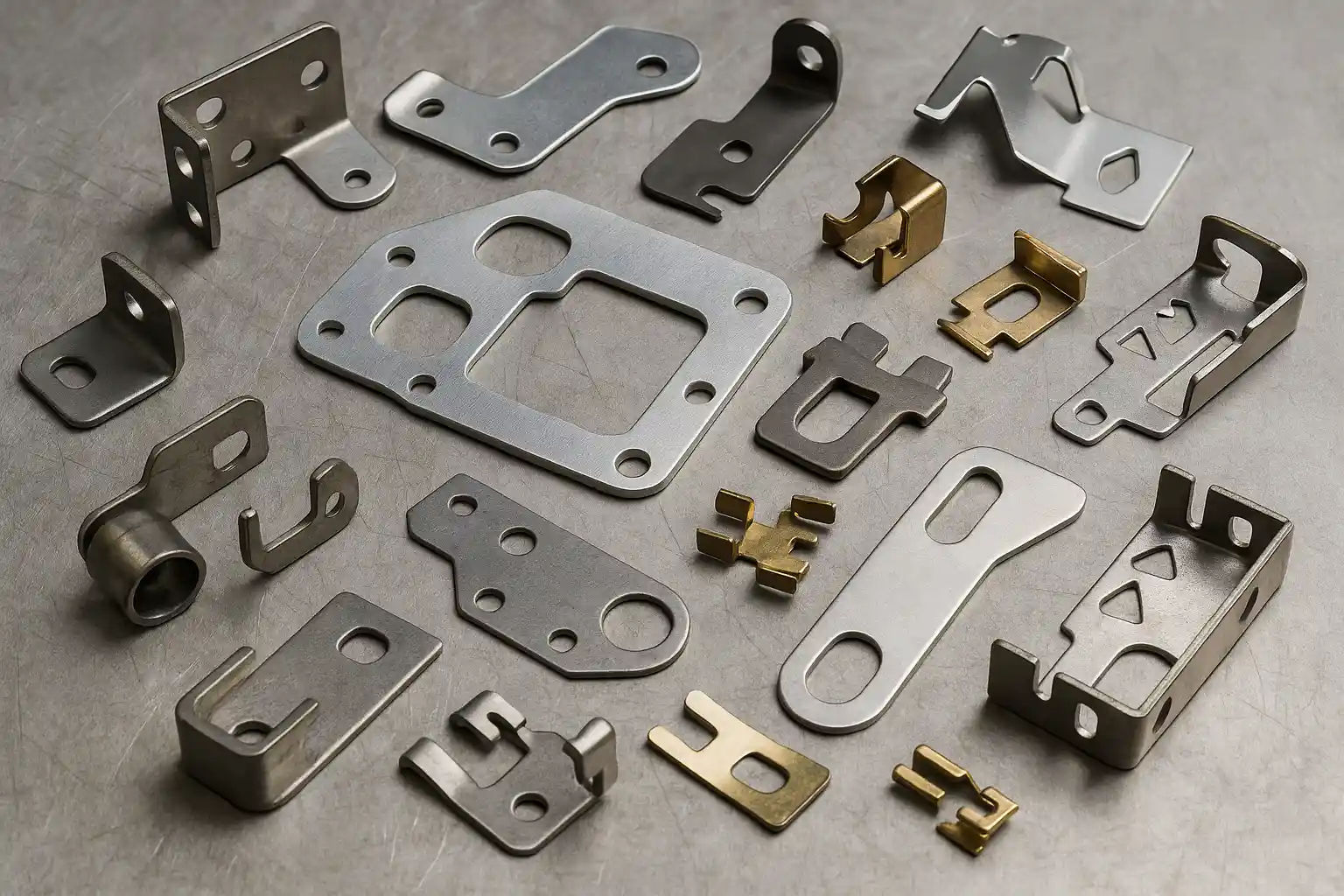Mechanical ventilation is a cornerstone of modern critical care medicine, providing life-sustaining support for patients with respiratory failure. However, the question of What is the best mode of mechanical ventilation? is complex and multifaceted, influenced by various clinical factors, patient characteristics, and underlying pathologies. This article delves into the intricacies of mechanical ventilation modes, aiming to equip healthcare professionals with the knowledge necessary to make informed decisions tailored to individual patient needs.
Understanding Mechanical Ventilation Modes
Mechanical ventilation can be broadly categorized into two primary modes: invasive and non-invasive. Invasive ventilation involves the use of an endotracheal tube or tracheostomy, while non-invasive ventilation employs interfaces such as masks. Each mode has its indications, benefits, and drawbacks, which must be carefully considered in the context of the patient's clinical status.
Invasive Ventilation Modes
- Assist-Control Ventilation (ACV): This mode allows the patient to initiate breaths, with the ventilator providing a preset tidal volume for each breath. ACV is beneficial for patients with weak respiratory muscles, as it ensures adequate ventilation. However, it may lead to hyperventilation if the patient is agitated or anxious.
- Synchronized Intermittent Mandatory Ventilation (SIMV): SIMV combines mandatory breaths with spontaneous breaths, allowing patients to breathe at their own rate and volume. This mode is particularly useful for weaning patients off mechanical ventilation, as it encourages respiratory muscle use while still providing support.
- Pressure Support Ventilation (PSV): In PSV mode, the ventilator delivers a preset pressure during spontaneous breaths, allowing for patient comfort and reduced work of breathing. This mode is often employed during the weaning process, as it promotes patient-ventilator synchrony.
- Volume-Controlled Ventilation (VCV): VCV delivers a set tidal volume regardless of the pressure required to achieve it. This mode is advantageous in patients with predictable lung mechanics but may pose risks in those with variable compliance, potentially leading to barotrauma.
- Pressure-Controlled Ventilation (PCV): In PCV, the ventilator delivers breaths at a preset pressure, allowing for variable tidal volumes based on lung compliance. This mode is beneficial for patients with acute respiratory distress syndrome (ARDS), as it minimizes the risk of overdistension.
Non-Invasive Ventilation Modes
- Continuous Positive Airway Pressure (CPAP): CPAP maintains a constant airway pressure, preventing airway collapse during expiration. It is effective in treating obstructive sleep apnea and can be beneficial in acute respiratory failure.
- Bi-Level Positive Airway Pressure (BiPAP): BiPAP provides two levels of pressure: one for inhalation and a lower one for exhalation. This mode is particularly useful for patients with COPD exacerbations, as it reduces the work of breathing and improves gas exchange.
Factors Influencing the Choice of Ventilation Mode
The selection of the optimal mode of mechanical ventilation is influenced by several factors:
- Underlying Pathology: Conditions such as ARDS, COPD, and pneumonia may dictate the choice of ventilation mode. For instance, patients with ARDS may benefit from pressure-controlled modes to minimize lung injury.
- Patient Characteristics: Age, comorbidities, and the patient's ability to cooperate with the ventilator are critical considerations. Younger, healthier patients may tolerate more aggressive modes, while older patients with multiple comorbidities may require gentler approaches.
- Ventilator Settings and Technology: Advances in ventilator technology have introduced modes such as Adaptive Support Ventilation (ASV) and Neurally Adjusted Ventilatory Assist (NAVA), which offer tailored support based on real-time patient needs. Familiarity with these technologies can enhance patient outcomes.
- Weaning Considerations: The ultimate goal of mechanical ventilation is to wean patients off support as soon as feasible. Modes that promote spontaneous breathing, such as SIMV and PSV, are often preferred during the weaning process.
Conclusion: The Path to Optimal Ventilation
Determining the best mode of mechanical ventilation is not a one-size-fits-all approach. It requires a comprehensive understanding of the patient's clinical condition, the underlying pathology, and the available ventilatory support options. By considering these factors, healthcare professionals can make informed decisions that optimize patient outcomes and enhance the quality of care.




